Myeonangjeong Pavilion (면앙정)
0m 5959 2020-04-27
382-11 Myeonangjeong-ro, Damyang-gun, Jeollanam-do
+82-61-380-2811
Myeonangjeong Pavilion is located on the slopes of Jebongsan Mountain in Damyang-gun. The pavilion was constructed in 1533 by Song Sun (1493-1583), who built it as a place for writing poems. After its construction, the pavilion served as a meeting place for scholars and intellectuals and was even frequented by Lee Hwang (1501-1570), a representative Confucian scholar who is pictured on the 1,000 won bill.
The roof of Myeonangjeong Pavilion was originally made of reeds, straw, grass and other materials which could not withstand the elements. After several repairs, the building was developed into the wooden structure that it is today.
From the back of the pavilion, you can see the mountain range and open wide fields; renowned scholars’ poems are engraved on the wooden panels that decorate the pavilion walls.
Yeongsangang River (영산강)
1.6 Km 8737 2020-05-19
Gaedongsingi-gil, Damyang-gun, Jeollanam-do
+82-61-380-2820
Yeongsangang River (136 kilometers) is the shortest of the four major rivers in Korea. The river starts from Yongchubong Peak (560m) located in Yong-myeon in Damyang, Jeollanam-do. It runs through Damyang, Gwangju, Naju, and Yeongam and eventually flows into the Yellow Sea in Mokpo through the estuary bank.
The river also faces some environmental challenges, including extreme weather events that cause flooding, leading to ecosystem loss and habitat degradation. In December 1981, a dam was built and the damage was significantly reduced. The government has also introduced the Four Major Rivers Restoration Project in 2009 with the objective of restoring the rivers while achieving regional development. Under this project, a significant amount of budget was allocated for resolving problems plaguing the Yeongsangang River.
Korea Bamboo Museum (한국대나무박물관)
3.1 Km 25180 2021-07-19
35, Jukhyangmunhwa-ro, Damyang-gun, Jeollanam-do
+82-61-380-2901
The Korean Bamboo Museum is a comprehensive complex that preserves, exhibits, produces, and allows people to experience bamboo products. First opened in 1981 at Damju-ri, the museum was expanded and relocated to the current location in March 1998. Not only does the museum provide bamboo-related exhibitions, it also provides techniques on making bamboo products as well as holds the Bamboo Festival every May.
Namdo Hanu (남도한우)
3.2 Km 113 2021-03-20
1169, Jukhyang-daero, Damyang-gun, Jeollanam-do
+82-61-383-2211
It sells only Korean beef as a selected model restaurant. This restaurant's signature menu is grilled beef. This Korean dishes is located in Damyang-gun, Jeollanam-do.
House by the Museum (박물관앞집)
3.2 Km 41454 2021-10-20
22, Jukhyangmunhwa-ro, Damyang-gun, Jeollanam-do
+82-61-381-1990
Located on the opposite side of Korea Bamboo Museum, House by the Museum is a uniquely
named restaurant. The main menu includes tteokgalbi (grilled short rib meat patties) which is comprised of minced lean meat, green onion, onion,
bulgogi sauce and sesame oil, which makes the taste tender. As for the nutrition, it has a lot of essential fatty acid from sesame oil that
complements with the beef.
Another signature dish of the restaurant is Daetongbap - rice cooked in a bamboo, made with rice, millet, bean, sorghum, jujube, nuts and others. It features a healthy food with its delicate fragrance. In addition, more than 10 side dishes along with Daetongbap such as Tohajeot (salt-fermented toha shrimp), juksun deulkkae muchim (seasoned vegetables with perilla seeds and bamboo shoot), gejang muchim (marinated crab), beoseot-bokkeum (fried mushroom), mul kimchi, dwaejigogi gochujang bokkeum (stir-fried spicy pork), sangchu ssam (wrapped in lettuce), and others. After a meal, bamboo blade tea of a clean taste is offered as a dessert.
Café Limm (카페 림)
3.6 Km 0 2024-02-19
192 Songgangjeong-ro, Bongsan-myeon, Damyang-gun, Jeollanam-do
Café Limm is a beautiful café nestled in the backdrop of lush bamboo forests in Damyang. With bamboo trees both inside and outside the café, it feels like stepping into a bamboo forest. Their signature menu item is the shakecoco (coconut milk espresso shake), made with shaken espresso and coconut milk. Visitors can also capture picturesque moments in this café that resembles a scene from an oriental painting.
Damyang Songgangjeong Pavilion (담양 송강정)
3.6 Km 14896 2021-05-14
232, Songgangjeong-ro, Damyang-gun, Jeollanam-do
+82-61-380-2811
Songgangjeong pavilion is located in Wongang-ri, Damyang-gun, Jeollanam-do. It was registered as Jeollanam-do Provincial Monument No. 1 on January 29, 1972.
Joseon dynasty poet Jeong Cheol (pen name, Songgang) composed his famed poem “Samiingok” from this pavilion. Next to it presently stands the Samingok memorial stone. The two structures at this site, Hwanbyeonkdang and Sigyeongjeong, are collectively referred to as
the “Relics of Jeong Songgang.”
Chuseongno1205 (추성로1205)
3.9 Km 155 2021-04-07
1205, Chuseong-ro, Damyang-gun, Jeollanam-do
+82-61-383-1205
Tteokgalbi is the representative menu of Damyang in Jeollanam-do. The representative menu is grilled short rib patties. This is a Korean cuisine located in Damyang-gun, Jeollanam-do.
Damyang Passenger Bus Terminal (담양공용버스터미널)
3.9 Km 6391 2016-11-18
24-1, Jungang-ro, Damyang-gun, Jeollanam-do
Damyang Bus Terminal is an express bus and intercity bus terminal, located in Damyang-gun, Jeollanam-do.
Tteokgalbibonga Restaurant - Damyang Branch (떡갈비본가-담양)
4.4 Km 8246 2021-08-26
91, Jungang-ro, Damyang-eup, Damyang-gun, Jeollanam-do
+82-61-383-6692
Damyang, located in Jeollanam-do, is not only famous for its bamboo trees, but is also for its tteokgalbi, or grilled short rib patties.
Tteokgalbibonga, known for its signature tteokgalbi, has become quite famous in the area. With its exquisite resemblance to injeolmi (rice cakes coated with powdered soybeans) and the way it melts in your mouth, it’s no wonder Tteokgalbibonga attracts guests from as far as Japan.
Tteokgalbi gets its name from its resemblance to rice cakes, or tteok. In addition to its texture, its savory marinade brings out the meaty flavor of tteokgalbi.
Aside from their main dish, hanu (Korean beef) tteokgalbi, they also have dwaejigalbi, bulgogi, and galbi tang available, served with regular side dishes of a Korean set menu, even including a dessert. Tteokgalbibonga is often crowded with customers that you’ll likely have to wait in line if you visit for during the evening.
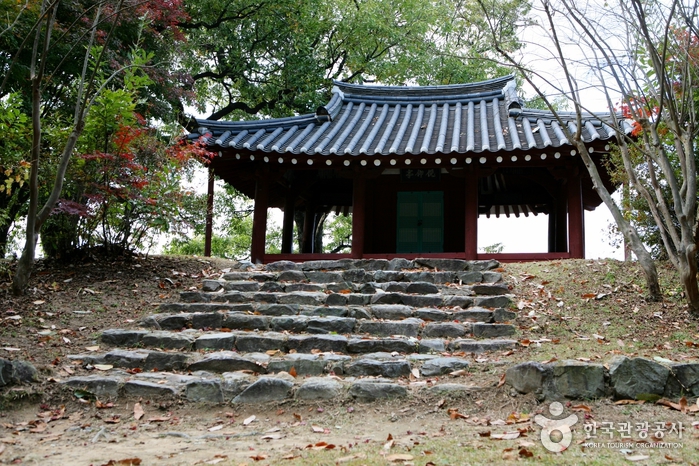
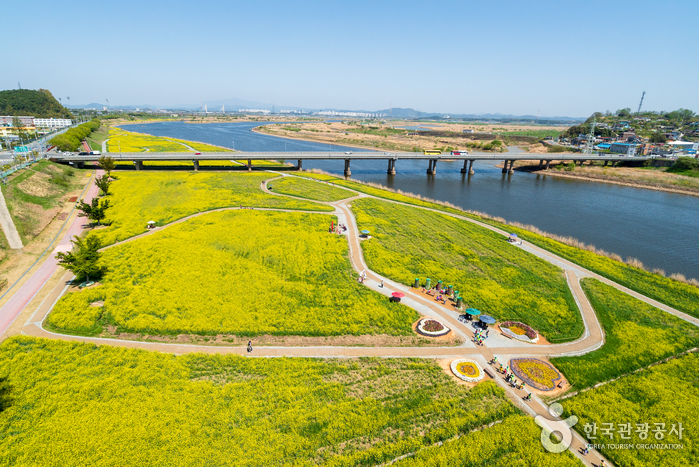
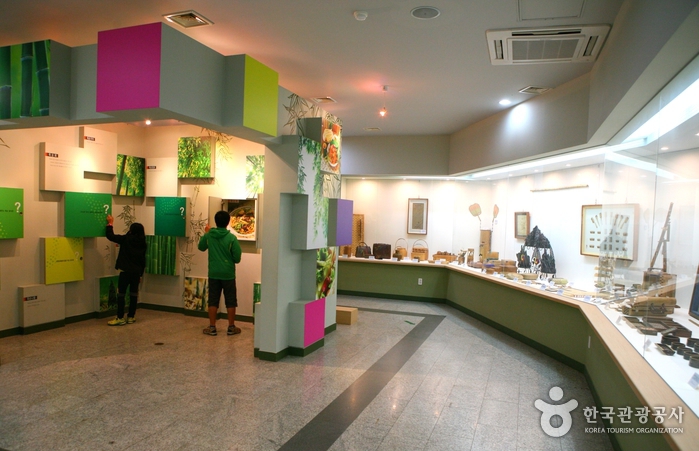
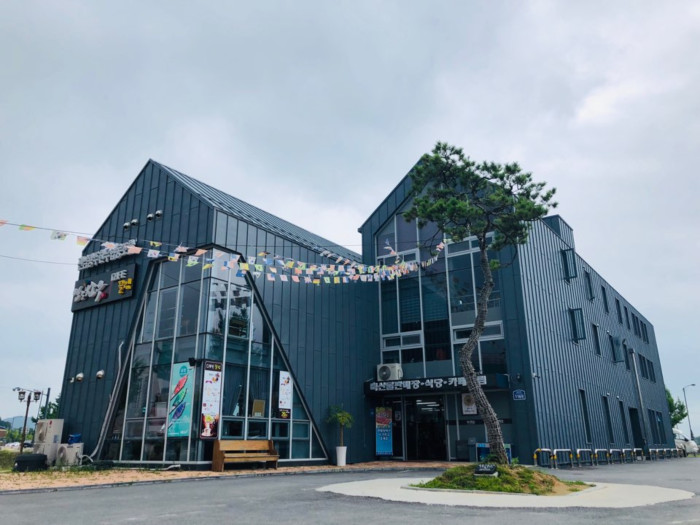
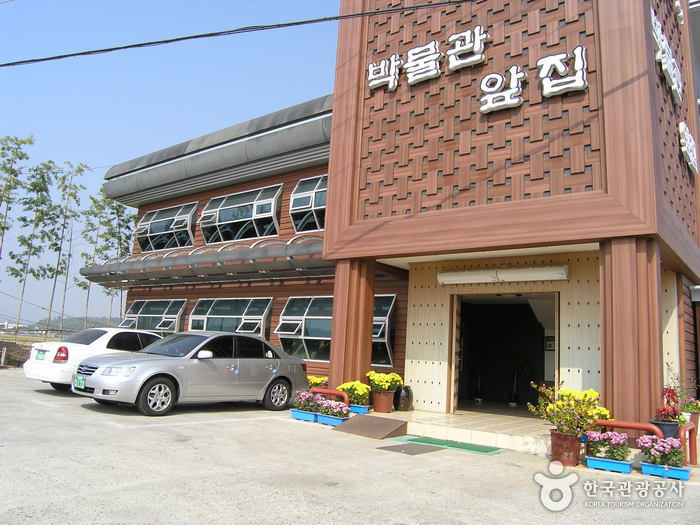
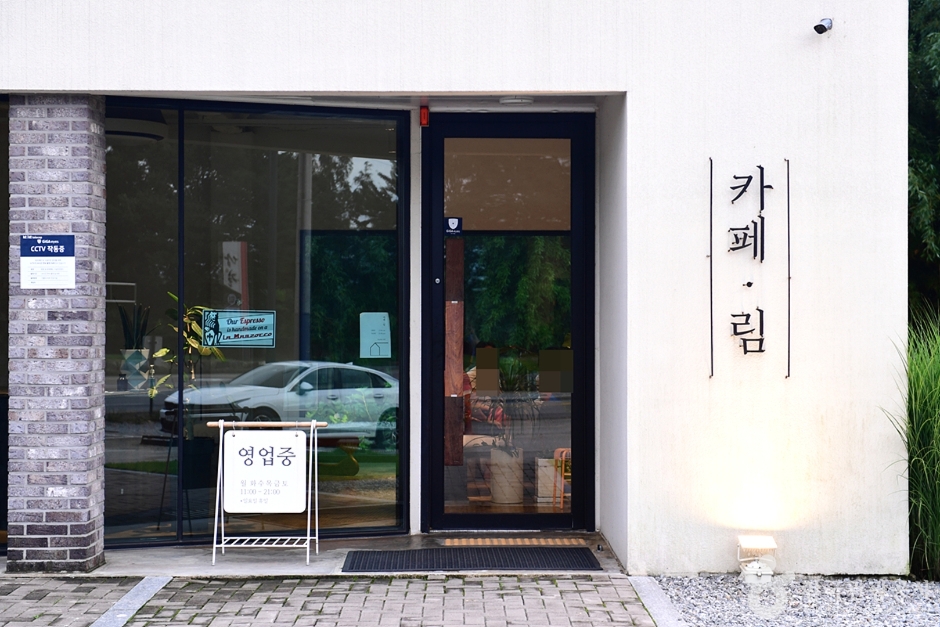
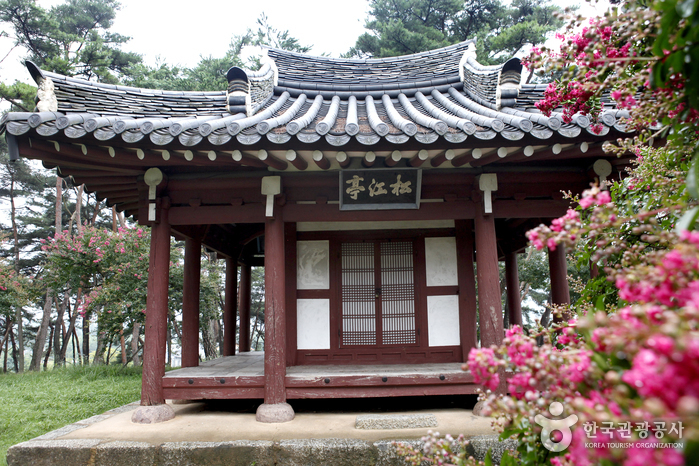
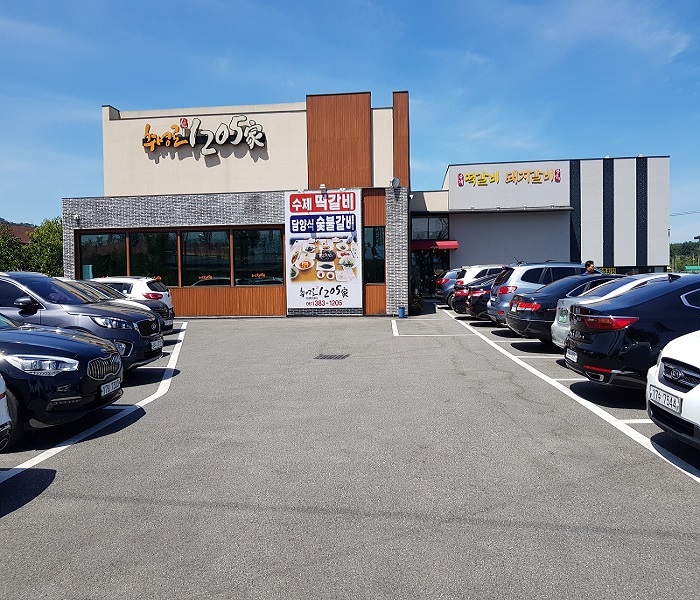

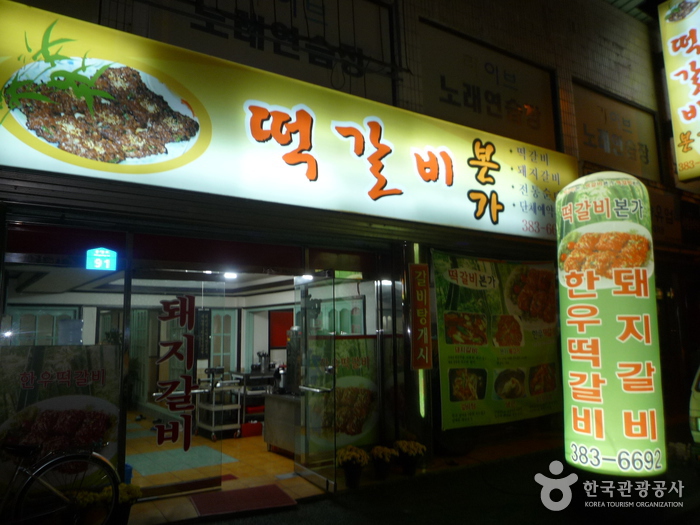
 English
English
 한국어
한국어 日本語
日本語 中文(简体)
中文(简体) Deutsch
Deutsch Français
Français Español
Español Русский
Русский